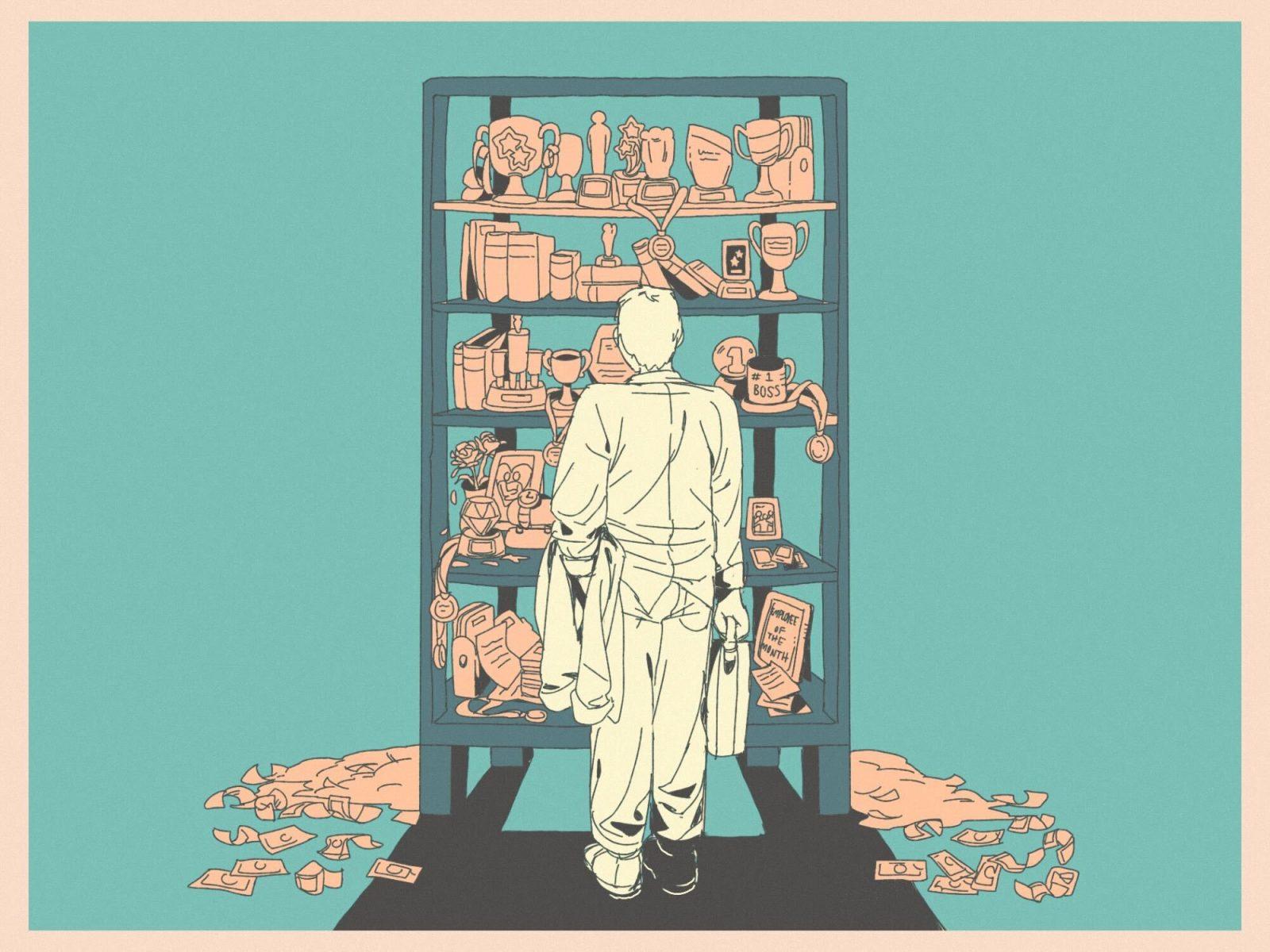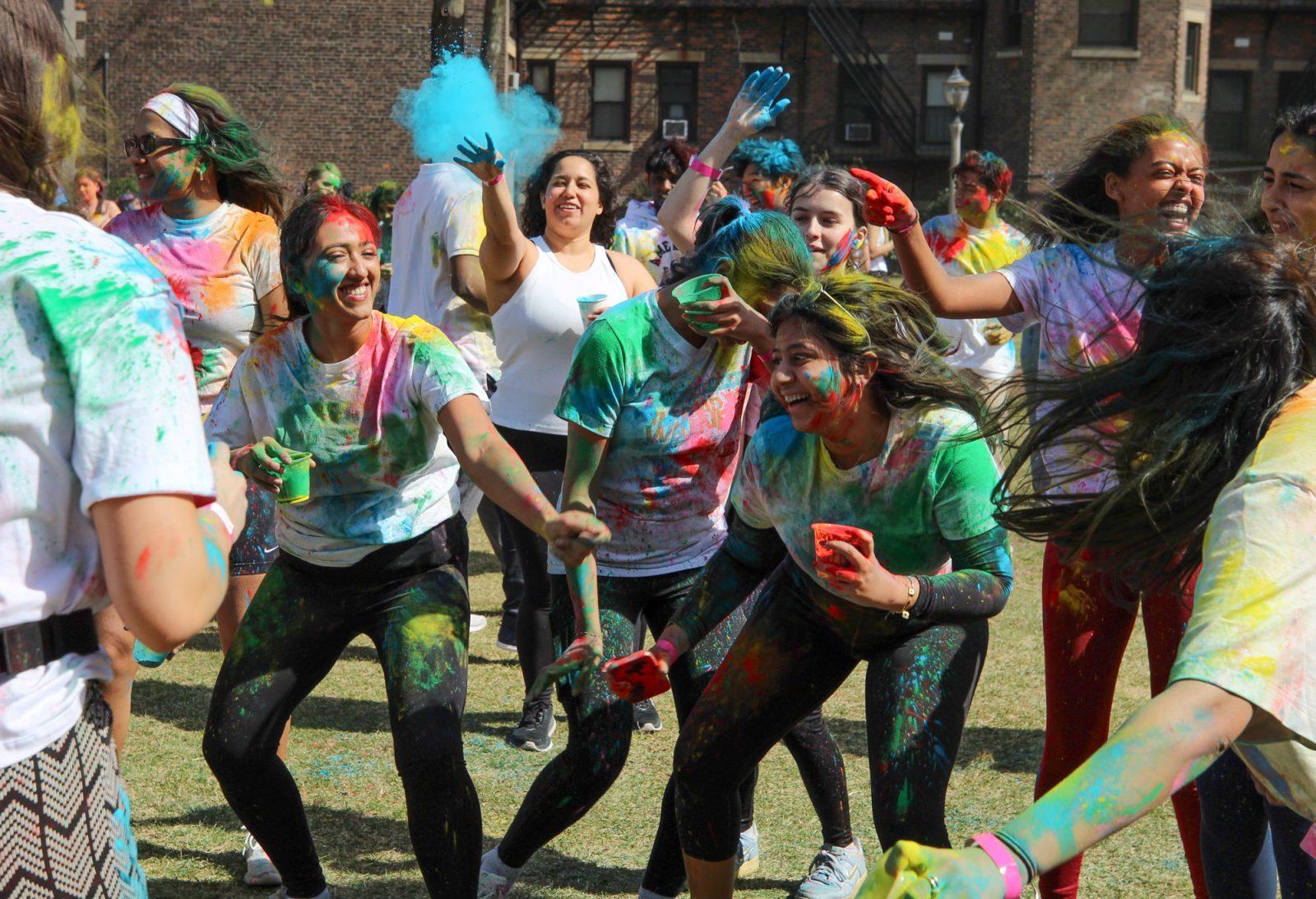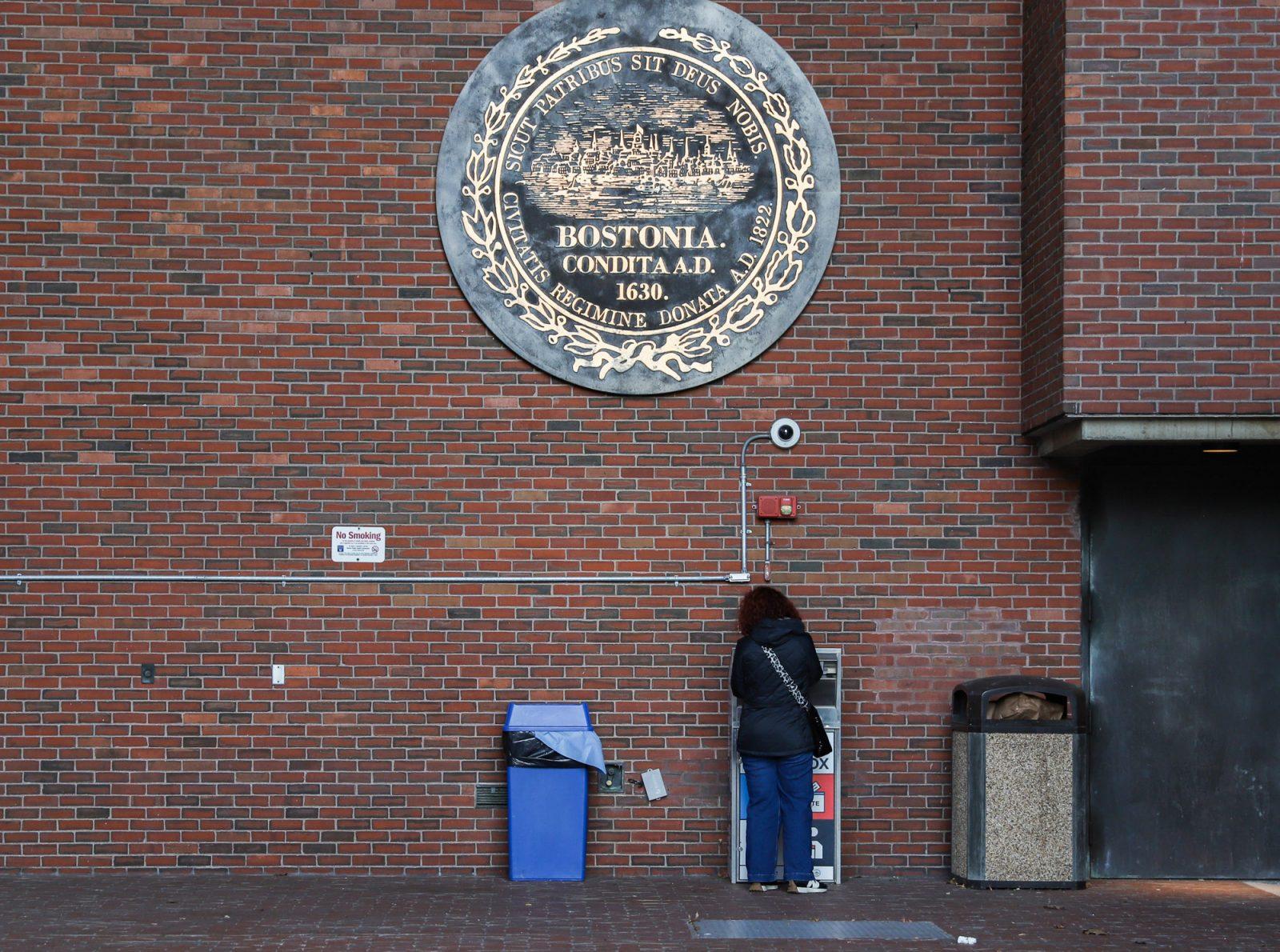A child’s tears have the power to move the world. This is not an over-exaggeration or hyperbolic statement. Crises time and time again have proven this very fact, as change is necessitated by a youth’s pain.
Two days ago, The Washington Post outlined an instance outside of Pittsburgh where a young girl failed to “wake” her parents, alerting a bus driver who then called authorities. The police found her parents’ bodies in her home, “dead of suspected drug overdoses.” The girl was not alone in the house with her dead parents. Three other children were found, all under the age of 7.
This is not the first time it has taken a child to highlight the plight of the nationwide opioid crisis. Just north of Boston, a woman overdosed in a Family Dollar store and her toddler daughter was caught on video attempting to revive her, as first reported in the Eagle Tribune. Filmed by an onlooker, the 2-year-old girl shakes her mother while crying. In the course of the reporting, the Eagle Tribune interviewed the Lawrence Police Captain Roy Vasque, who said, “It’s definitely common for children to act in this way, and we have seen this before.”
The most difficult moments in our life are the ones we most clearly remember. The same goes for images. The opioid crisis is nothing less than heartbreaking, and extreme action needs to be taken to aid those afflicted. That being said, if it takes one video of a child crying in a dollar store or telling a bus driver to bring attention to the crisis as a whole, then it is necessary to tell those stories and share those images.
Graphic and emotionally charged, the profound images are difficult to consume for even the most hardened of journalists. Yet, the greater good needs to be considered when facing the information. Children and their parents are enduring this struggle every day and they deserve the help they so desperately need.
This is not a marketing ploy or PR stunt; this is what is happening, and it will keep happening until change is instigated.
Children have been depicted as bystanders of our world’s troubles as long as cameras have been utilized to tell the truth. Omran Daqneesh was 5 years old when he was pulled from the rubble in Aleppo. His blood-stained face and small feet extending past the seat’s edge came to symbolize the horrific acts that occur every day.
Children have an inherent innocence about them. Their age, their naiveté and their ability to look at things far more objectively than any mature adult can set them apart from any other individual suffering through a crisis. A child creates a sense of urgency in any sort of situation; the welfare of a child is instantly the most important thing. Yet, the opioid crisis is a complex issue and harbors many stigmas, the most prevalent of which being the connotation that drug addiction is a choice. The parents who are overdosing, leaving children crying at their sides and in their homes, are humans too. They are very sick humans who need help. To treat them as any less than human is despicable. Addiction, at its core, is not a choice.
That being said, to utilize a child’s likeness for a movement without their consent, and obviously without the consent of a parent, could feel and seem exploitative. Under any other circumstances, it would be strongly recommended to obtain special permission from a parent or guardian before interviewing or photographing a child. By photographing them and distributing their face as a figurehead of a dark time could be extremely detrimental later on. They are the face of something they’re not fully aware and they most likely will be widely remembered.
Yet these are the faces of history. Our nation, and our region in particular, is experiencing a grave illness in the form of opioid addiction. The essence of photography is eliciting emotion in viewer. As journalists, our job is to disseminate truth. If our work instigates change, we are merely doing our jobs.


























































































































